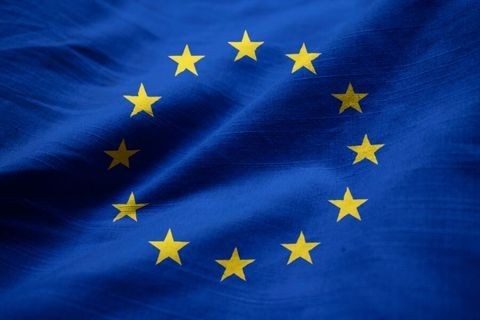Federal Circuit Denies Rehearing En Banc, Letting Stand Apple’s Permanent Injunction Against Samsung
Client Alert | 2 min read | 12.17.15
Apple won a major victory on Wednesday in its seemingly endless patent battles against Samsung when the Federal Circuit denied Samsung's petition for a rehearing en banc. By doing so, the Federal Circuit let stand an earlier opinion that Apple was entitled to a narrow, feature-based injunction against Samsung. On the same day, the majority of the divided panel reissued a slightly amended version of that precedential opinion, which had vacated the district court's holding that Apple did not establish the first two eBay factors: (1) that it was irreparably harmed by Samsung's infringement; and (2) that monetary damages were inadequate.
With respect to the first eBay factor, the majority restated its prior holding that a showing of irreparable harm does not require proof "that the infringing features were the exclusive or predominant reason" for consumer demand. Instead, a causal nexus can be proven by evidence of "some connection" between the patented features and the demand for the infringing products. The majority did, however, modify the standard slightly by deleting the word "significant" from the following sentence in the original decision: "Apple did not establish that these features were the exclusive or significant driver of customer demand, which certainly would have weighed more heavily in its favor." Apple Inc. v. Samsung Elecs. Co., 801 F.3d 1352, 1363 (Fed. Cir. 2015), vacated, Order (Fed. Cir. Dec. 16, 2015) (emphasis added).
In a strong amended dissent, Chief Judge Prost opined that the majority amended its opinion to remove the implication that even an insignificant connection might be enough to satisfy the causal nexus requirement. While the Chief Judge agreed the modified sentence is a more accurate reflection of the law, it still criticized the majority's reversal of the district court's discretionary findings based on a record where the infringing features were "minor" and merely a small part of thousands of features driving demand for Samsung's products.
The amended opinion does not alter the scope of the feature-based injunction, which does not enjoin Samsung's smartphones, but rather only its continued use of the infringing features, including the: "slide to unlock" feature; automatic word-correction method; and technology that creates links to phone numbers in texts or documents that can be thereafter dialed or stored. The mandate of the Court is scheduled to issue on December 23, 2015, at which point the case will be remanded to the district court for proceedings consistent with the amended opinion.
Because Samsung's petition for rehearing en banc was denied, its only appellate recourse is to petition the Supreme Court for a writ of certiorari. Should the Supreme Court deny cert, the Federal Circuit's decision will likely make the eBay factors easier to prove. But if the Supreme Court grants Samsung's cert petition, its ultimate opinion should clarify the standard for injunctive relief when the infringing product is multifaceted and includes both infringing and non-infringing features that drive consumer demand.
Contacts
Insights
Client Alert | 14 min read | 12.22.25
European Commission Proposes Biotech Act to Boost Health Biotechnology in the EU
On December 16, 2025, the European Commission published its proposal for a regulation establishing a European Biotech Act to strengthen the EU's biotechnology and biomanufacturing sectors with a primary focus on health.
Client Alert | 2 min read | 12.19.25
Client Alert | 7 min read | 12.19.25
In Bid to Ban “Woke AI,” White House Imposes Transparency Requirements on Contractors
Client Alert | 5 min read | 12.19.25
Navigating California’s Evolving Microplastics Landscape in 2026




